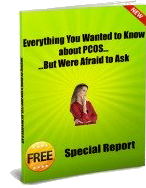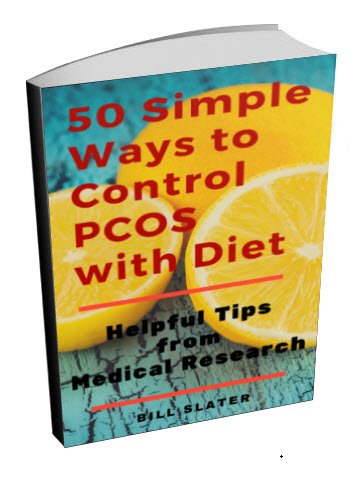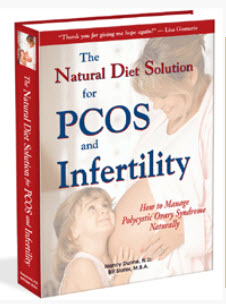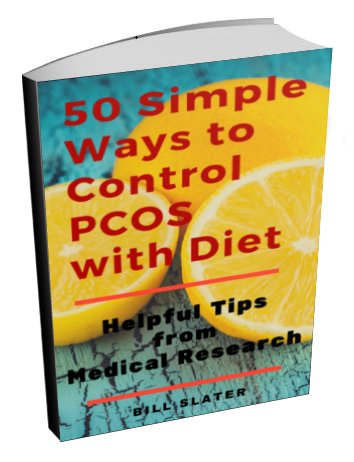PCOS and Corticosteroids
Corticosteroids are hormone-like drugs that act to mimic your body’s own glucocorticoid hormones such as cortisol, which is naturally secreted by your adrenal glands. Although your own natural cortisol has many different functions in the body, corticosteroids were developed to help reduce inflammation and suppress the body’s immune response in various types of conditions.
Free PCOS Newsletter
Their use in PCOS comes from an idea that up to 50% of women with this disease have elevated adrenal-released androgens (male hormones). Elevated androgens play a role in the creation of symptoms of polycystic ovary syndrome.

Small amounts of corticosteroid drugs such as prednisone or dexamethasone are thought to suppress adrenal production of androgens. Some women have reported improvement while others, due to the severe side effects of these medications, have had to discontinue use without much effect at all.
The natural hormone dehydroepiandrosterone sulfate (DHEAS) has been used to predict the level of adrenal androgen in the body. DHEAS is used as a marker and if it is elevated in the blood, a person may receive corticosteroid treatment.
Cortisol replacement therapy, in conjunction with corticosteroid drugs, are sometimes used to try to 'normalize' rather than suppress adrenal androgen production during ovulation induction therapy for fertility treatments.
Benefits and Risks of Corticosteroids for PCOS
The potential benefits of corticosteroids in polycystic ovary syndrome is questionable, although they may indeed suppress adrenal androgen production. The severity of side effects should be carefully considered before using this type of therapy for polycystic ovarian syndrome.
The major disadvantages include weight gain, immune suppression, worsening of glucose tolerance, osteoporosis, high blood pressure, changes in blood fat levels, insomnia, heartburn and psychological changes.
Oddly enough, with all the potential serious side effects, low doses of corticosteroids are considered safe in pregnancy. In fact, they have been used to treat asthma during pregnancy and even to help fetal lung tissue develop in babies at risk for premature birth.
Corticosteroids for PCOS and Infertility
The advisability of corticosteroid depends on the individual. For example, Dr. Samuel Thatcher doses his patients in one of two ways.
First, if using clomiphene therapy for ovulation induction, he prescribes 5 mg of prednisone every night from days 2-3 of the cycle for 10-14 days total in conjunction with 100-150mg of clomiphene taken on days 5-9.
Alternatively, he may prescribe 0.25mg prednisone nightly for up to six months. However, he will test for DHEAS and testosterone levels at 3 months to monitor success of treatment.
Get Answers to your Questions about
- Fertility
- Weight Control
- Hair Loss
- Stress
- Unwanted Hair
- Acne...and more!
FREE PCOS Report
and Newsletter

Your email is safe with us. We respect your privacy, and you may unsubscribe at any time.
Recent Articles
-
PCOS Long Journey to The Happy End
Apr 30, 18 07:24 PM
Hi Girls, Maybe my story will have one day a good end but I am not there yet. Until I was 31 years old I lived my dream, having lovely husband, good -
PCOS and Miscarriage
Apr 17, 18 04:03 PM
Proper diet and natural supplements can help the body maintain a pregnancy through successful delivery.
-
How to Deal with PCOS and Stress
Apr 04, 18 04:19 PM
Your body has a natural capacity to heal itself if you provide it with the necessary tools.





